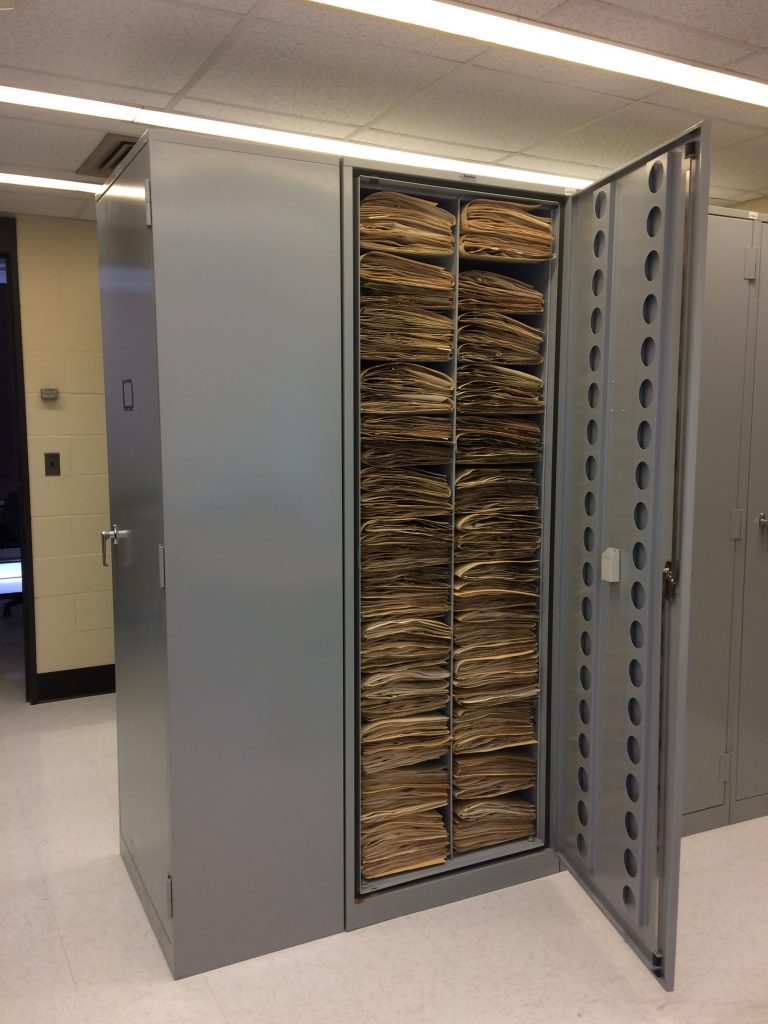Goals of This Project
I created a digital map of plants from Northampton, combining records from an online database and specimens from the Smith College Herbarium. I want to increase viewers’ familiarity with local plants and spotlight the herbarium, which is an underutilized resource on campus.
What Is a Herbarium?
A herbarium is a collection of preserved plant specimens and the place where they are kept. The Herbarium of Smith College contains nearly 60,000 plant specimens collected over more than a century, and it’s used for botanical research and teaching. For more information, you can read The Herbarium of Smith College: An Illustrated Memoir, by C. John Burk, Elsie Damon Simonds Professor Emeritus of Biological Sciences.

Anatomy of a Herbarium Specimen Label
Specimens from the Smith College Herbarium
Notable Local Collectors
- Harry E. Ahles was herbarium curator at the University of Massachusetts at Amherst from 1966 to 1981. Although he had no college education, he was an expert on plant identification and taught courses on local flora and aquatic vascular plants.
- Wayne E. Manning was a professor of Botany at Smith College from 1928 to 1941. He was an expert on the Juglandaceae family, and the walnut species Alfarao manningii is named after him.
- Marjorie Holland Sackett received her M.A. in Ecology from Smith College in 1974 and completed her doctoral dissertation on the vegetation of three oxbows of the Connecticut River in 1977. She is currently a professor emeritus of Biology at the University of Mississippi.